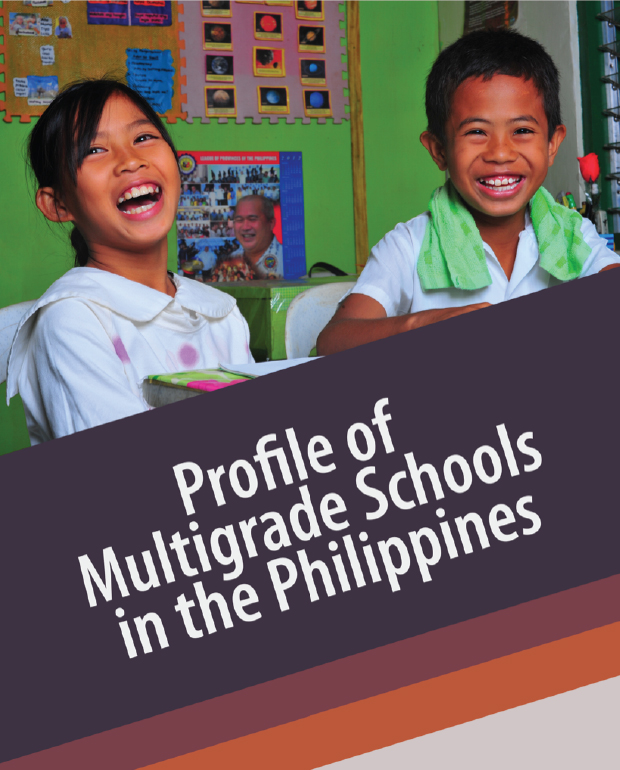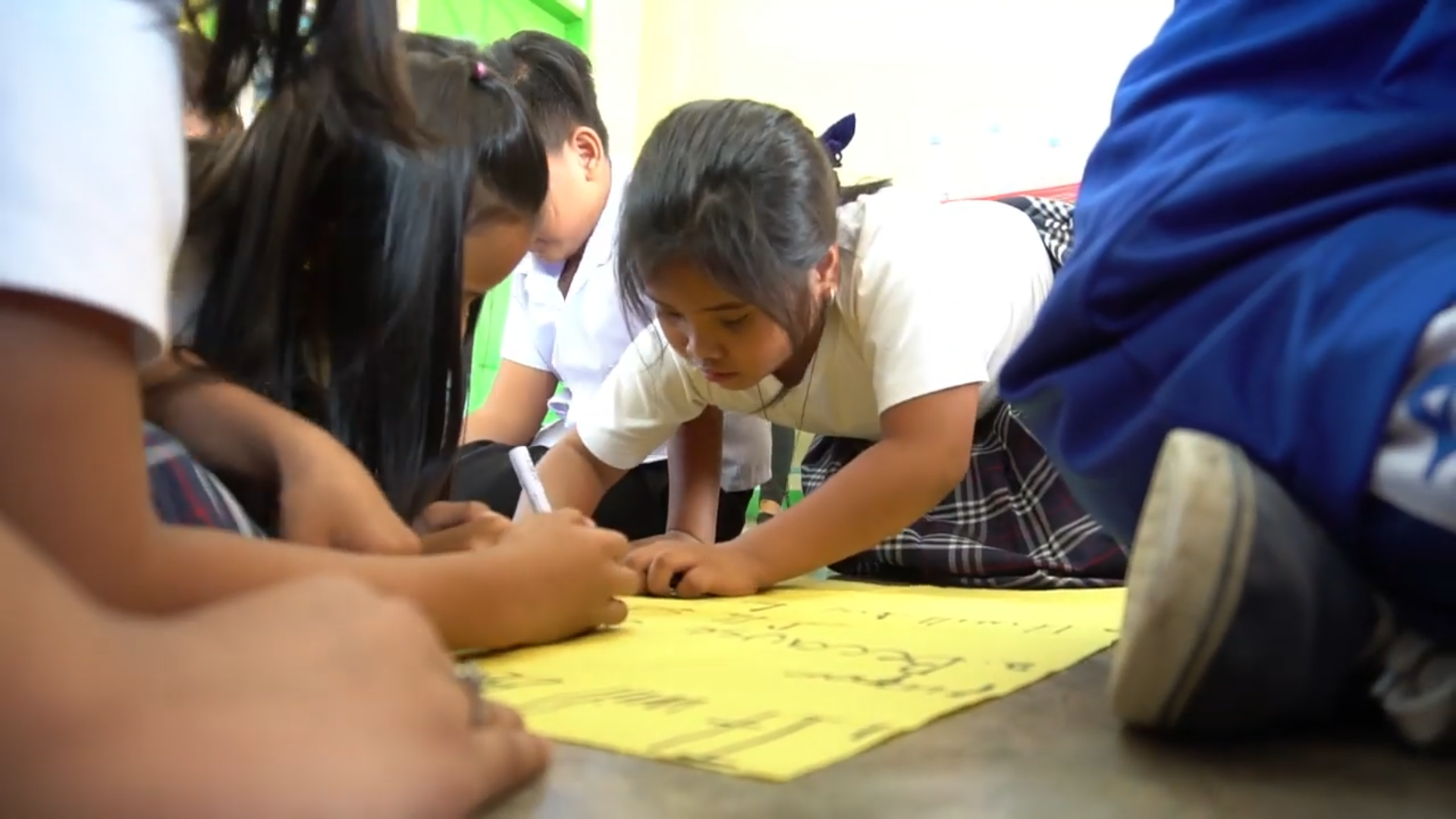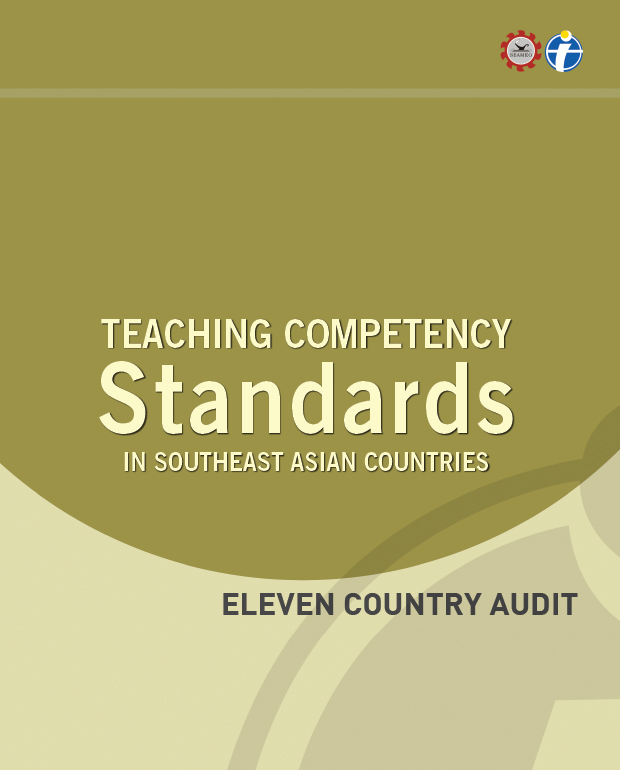
Multigrade schools and multigrade instruction are neither a new educational innovation nor a recent experiment introduced by education experts. Multigrade classes have been adopted for over a century, a reality based on geographical and economic necessity for many countries in the developing world. The multigrade approach has become an imperative in these countries, particularly in poor, rural and remote locations, as part of broader efforts to widen and improve access to quality education for all.
A Background on Multigrade Education
Multigrade education incorporates more than one grade in a classroom, allowing students to work independently or together toward their respective grade level’s curriculum goals. Teachers employ activities that foster students’ holistic development, such as peer tutoring and collaborative work. Multigrade classrooms allow teachers to allot adequate attention to each student.
The Significance of Multigrade Education
The Philippines has embraced the multigrade schooling approach subscribing to international research findings that multigrade schooling is a cost-effective means of raising participation rates and student achievement in poor, remote areas. It believes in the potential of the approach to bring education closer to remote and marginalized communities. Thus, multigrade schools in the Philippines have increased in number and organization over the past decades.
As of 2009, close to a third of the public elementary schools in the country have some form of multigrade instruction. Issues and challenges have emerged as a consequence of rapid growth. Despite these, the importance of multigrade classes cannot be overstated for areas where access to education is made difficult by issues with distance, time, finances, as well as family problems.
(Related article: Review of the multigrade program in the Philippines.)
SEAMEO INNOTECH’s Review of Multigrade Schools in the Philippines
This survey research, jointly conducted by the Department of Education’s Bureau of Elementary Education and SEAMEO INNOTECH, provides a glimpse of what these multigrade schools currently look like, what curriculum and pedagogies they use, who their teachers are, what are the conditions of their learning environment, and the challenges multigrade classes face. Findings from this research tend to re-confirm the complex and demanding nature of teaching a broad range of grade levels. And while there are limitations in the sample, the study still provides baseline data from which policymakers, implementers, region and division officials, school heads, and teachers may derive basis for policy and program changes, as well as comparative information for monitoring of progress in the future.
The Impact of Multigrade Education
Multigrade schools have become an integral part of the Philippine education scene, making a real and significant contribution to the EFA goals of access and equity. The study highlights both the strengths of the current multigrade system and issues and concerns that need to be addressed to improve the quality and effectiveness of instruction. It also identifies some possible areas for policy reform to enhance the possibilities for multigrade education to further contribute to the achievement of the educational technology organization’s goal of Education for All.
Other Resources
Enhance Your Skills as an Educator
As an educator, it’s important to keep learning. Expand your knowledge and skills with SEAMEO INNOTECH’s research and programs designed for the professional capacity building of teachers. Explore our learning programs today.










